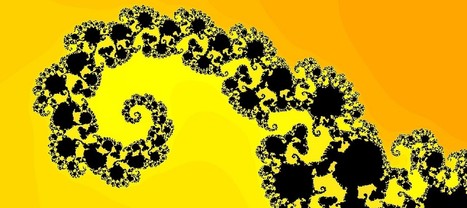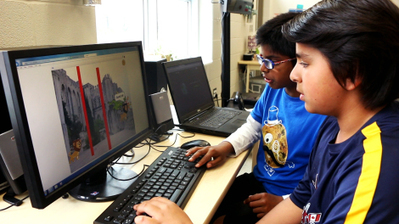Peter Farrell spent more than a decade teaching math and computer science. Somewhere along the way, he began using Python to create programming challenges to pair with his lessons. But what started as a way to reinforce math concepts gradually developed into something else — a gateway to a more practical approach to math education.
Peter saw how coding projects allowed students to shift from passively learning concepts to actively working, reasoning, and playing with them. In other words, code helped them to go from learning about math to actually doing math. As he says “Why should the science, art, and home-ec students have all the fun? It’s about time we heard students saying Look what I made in math class!”
Research and publish the best content.
Get Started for FREE
Sign up with Facebook Sign up with X
I don't have a Facebook or a X account
Already have an account: Login
News, reviews, resources for AI, iTech, MakerEd, Coding and more ....
Curated by
John Evans
 Your new post is loading... Your new post is loading...
 Your new post is loading... Your new post is loading...
|
|











